Asus A8R-MVP: Mainstream Rocket
by Wesley Fink on November 23, 2005 1:15 AM EST- Posted in
- Motherboards
Asus A8R-MVP: Board Layout
Nonetheless, all the top Crossfire AMD features are there, such as dual x16 PCIe slots that support a single x16 video card or dual x8 Crossfire.
The basic layout of the A8R-MVP is typically Asus, meaning that the layout overall is very good. Cooling is passive - there are no active fans - which is also typical of Asus designs. You will notice that there is nothing on the board which would announce that this might be a serious overclocker, except perhaps for the large heatsink covering the power Mosfets. Even here, we see a 3-phase design instead of the robust 4-phase designs used on the ATI Reference boards.
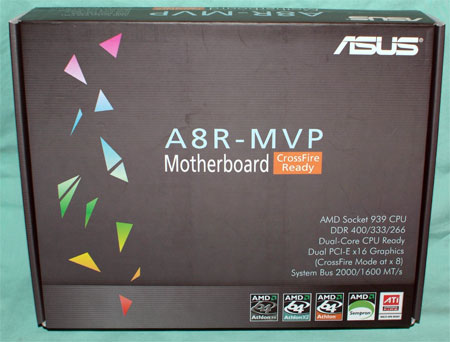
Nonetheless, all the top Crossfire AMD features are there, such as dual x16 PCIe slots that support a single x16 video card or dual x8 Crossfire.
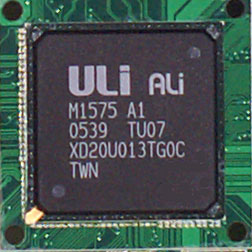
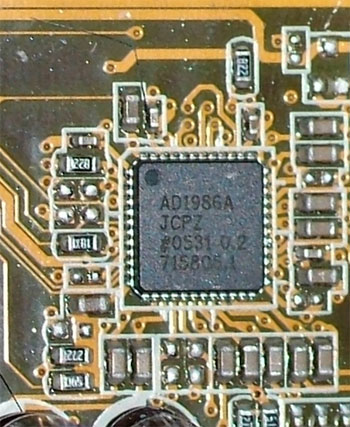

The basic layout of the A8R-MVP is typically Asus, meaning that the layout overall is very good. Cooling is passive - there are no active fans - which is also typical of Asus designs. You will notice that there is nothing on the board which would announce that this might be a serious overclocker, except perhaps for the large heatsink covering the power Mosfets. Even here, we see a 3-phase design instead of the robust 4-phase designs used on the ATI Reference boards.


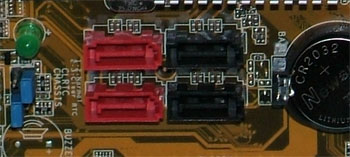





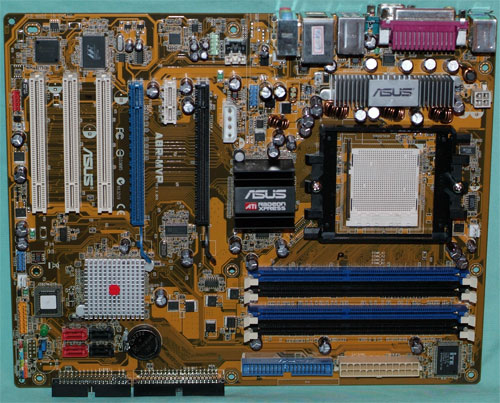








74 Comments
View All Comments
Wesley Fink - Wednesday, November 23, 2005 - link
Theoretically nVidia SLI can run on ATI crossfire without much trouble. We have tested hacked drivers that do just this and it appears to work fine. However, until nVidia allows Crossifire board operation in their video drivers it is officially not supported. The same goes for ATI Crossfire on nVidia - ATI has to support it in their drivers. Single video cards are supported on all platforms.As for avaialability of X1800XT, our video reviewer received a review sample about 6 weeks ago, but we have not seen another X1800XT from ATI. The X1800XT was to be available for sale November 5. ATI tells us daily there are none available for sampling, but we can expect a unit for motherboard testing "very soon".
shabby - Wednesday, November 23, 2005 - link
Geez if your having this much trouble getting a x1800xt i wonder when you'll recieve the crossfire ones.Schro - Wednesday, November 23, 2005 - link
Has Asus stated the general availability date of the board? The only vendor that I can find with it listed is ZZF @ $199 for a pre-order, which is certainly not a mainstream price.Wesley Fink - Thursday, November 24, 2005 - link
I just did a search on Google's Froogle at http://froogle.google.com/froogle?q=A8R-MVP+&b...">http://froogle.google.com/froogle?q=A8R...;btnG=Se.... There are 4 listings for the A8R-MVP - buy.com for $104.99, Computer Brain for $108.21, PC & Stuff for $115.94, and PCSuperDeals for $119.15. These prices are very much in line with what Asus projected - in fact they are even better. A Crossfire motherboard with these features for $105 is a terrific value.Wesley Fink - Wednesday, November 23, 2005 - link
We confirmed final pricing with Asus yesterday. They told us the board should sell initially in the $115 to $125 range. Obviously a new board, a good review and limited availability drive up the price in capitalism. Asus confirmed last evening the boards have shipped from Taiwan to US e-tailers and should begin appearing for sale Friday or Monday (November 25th or 28th).Live - Wednesday, November 23, 2005 - link
This board is listed for pre-order from several e-tailers here in Europe at just the price range ASUS is suggesting.Calin - Wednesday, November 23, 2005 - link
it's nowhere near the $100-$125 suggested by the article... but the price will fall when availability increasesOrSin - Wednesday, November 23, 2005 - link
Poster before me hit it right on the head. My next motherboard will most likely be one of these ATI boards but it seems this was fluck to me. I guess we can wait for other sites to seee if they get similar results.poohbear - Wednesday, November 23, 2005 - link
excuse me, great review, but when presuming that this board is not a fluke u state:"based on the Asus expectations being set very low for this board, and the genuine surprise that Asus expressed when we reported our results, I would venture to say that what we found is not a fluke."
how are the 2 aforementioned reasons related to it NOT being a fluke? i was a bit confused reading that. if a mobo manufacturer's expectations are low, and then they're surprised, would'nt that mean that this mobo might on the contrary, be a fluke?
Wesley Fink - Wednesday, November 23, 2005 - link
I receive some emails complaining that I must receive "Cherry" motherboards for testing since my OC results are so high. Of course, part of my success is due to being a long-term overclocker, and overall my results have not noramlly been that different than what other experienced overclockers found on retail boards.In this case Asus positioned this as a mainstream board and advised us the board was not positioned as a top overclocker. The ATI Crossfire chipset is an outstanding overclocker and I believe this board, with the design efforts of a talented design team turned out to be a surprising overclocker and that retail boards will also. I really don't think Asus as a company considered that this might be a top overclocker, but certainly someone in Asus design did consider this with the BIOS options that are available.
The first BIOS was not particularly good for overclocking, but version 2 and 3 are outstanding. We have seem many manufacturers, even tier 1, design boards for overclockers that were mediocre in performance. We have also seen boards that had a solid design but no great OC credentials rise to the top as a great overclocker. In fact, Asus has had a number of this type of "wolf in sheep's clothing" boards over the past few years.